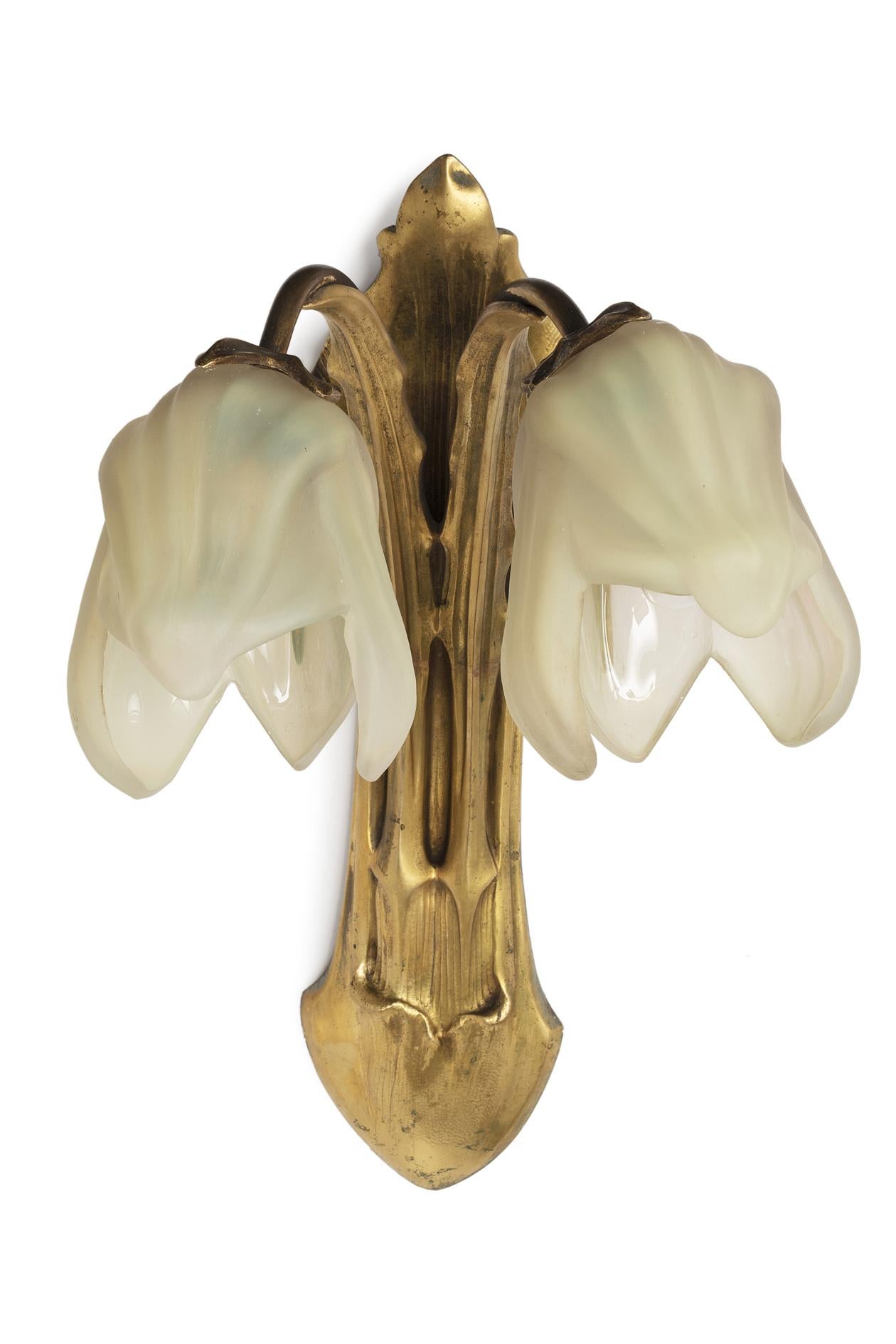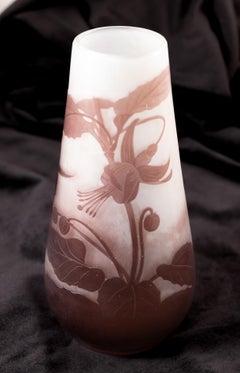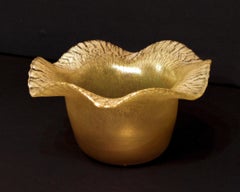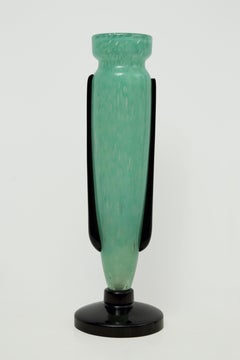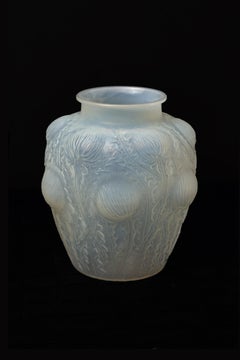DaumVase with Dandelionscirca 1899
circa 1899
À propos de cet article
- Créateur:
- Année de création:circa 1899
- Dimensions:Hauteur : 24,3 cm (9,57 po)Diamètre : 8 cm (3,15 po)
- Support:
- Mouvement et style:
- Période:
- État:
- Adresse de la galerie:PARIS, FR
- Numéro de référence:Vendeur : N.73701stDibs : LU2514216411772
Daum
Pour les collectionneurs, Daum est un nom au premier rang des fabricants français de verre d'art, avec ceux de Émile Gallé et René Lalique. Dirigée dans les premières décennies par les frères Auguste (1853-1909) et Antonin Daum (1864-1931), la société, basée dans la ville de Nancy, a établi sa réputation dans la période Art nouveau , puis a adopté avec succès le style Art déco .
En 1878, l'avocat Jean Daum reprend la propriété d'une verrerie en paiement d'une dette et installe ses fils comme propriétaires. Au départ, Daum fabriquait du verre destiné à des usages quotidiens tels que des fenêtres, des montres et de la vaisselle , mais le succès remporté par Gallé lors de l'Exposition universelle de 1889 à Paris - la vitrine internationale pour laquelle la Tour Eiffel a été construite - a incité les frères Daum à se lancer dans la fabrication de pièces en verre d'art. Ils ont produit des œuvres populaires en verre camée, une technique décorative dans laquelle une couche extérieure de verre est gravée à l'acide ou taillée pour révéler la couche inférieure, mais Daum s'est surtout fait connaître pour ses récipients et ses sculptures en pâte de verre - une méthode minutieuse dans laquelle le verre coloré finement broyé est mélangé à un liant, placé dans un moule et ensuite cuit dans un four.
Bien que les premiers verres de Daum n'aient jamais été signés par des artistes individuels, l'entreprise a employé certains des maîtres du style naturaliste et asymétrique de l'Art nouveau, notamment Jacques Grüber, Henri Bergé et Amalric Walter (dont le prénom est souvent mal orthographié). Daum a également collaboré avec le designer de meubles et d'objets métalliques Louis Majorelle, qui a créé des montures en fer forgé et en laiton pour des vases et des lampes de table. Dans les années 1960, Daum a demandé à des artistes, notamment Salvador Dalí et au sculpteur César Baldaccini, de concevoir des pièces en verre. Comme en témoignent les œuvres proposées sur 1stDibs, Daum a abrité une liste étonnamment riche d'esprits créatifs et est aujourd'hui une entreprise d'État qui fabrique des figurines en pâte de verre.
- ExpéditionRecherche du devis...Expédition depuis : PARIS, France
- Politique des retours
Plus d'articles de ce vendeur
Tout afficherFin du XIXe siècle, Art nouveau, Plus d'Art
Verre brun
Début du 20ème siècle, Art nouveau, Plus d'Art
Verre brun
Début des années 1900, Art nouveau, Plus d'Art
Verre brun
Début des années 1900, Art nouveau, Plus d'Art
Verre brun
Début des années 1900, Art nouveau, Plus d'Art
Verre brun
Début des années 1900, Art nouveau, Plus d'Art
Verre brun
Suggestions
Fin du XIXe siècle, Art nouveau, Plus d'Art
Verre
Début du 20ème siècle, Art nouveau, Plus d'Art
Verre
années 1920, Art nouveau, Plus d'Art
Verre
années 1920, Art nouveau, Plus d'Art
Verre
Début des années 1900, Art nouveau, Plus d'Art
Verre
Début du 20ème siècle, Art nouveau, Technique mixte
Fer
